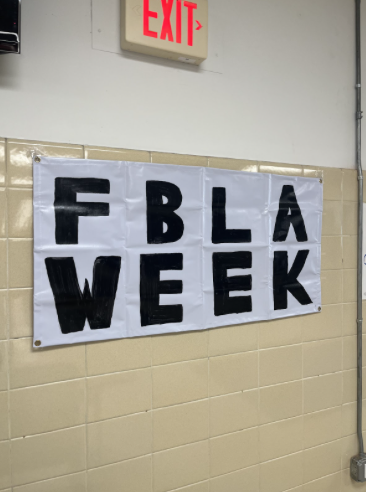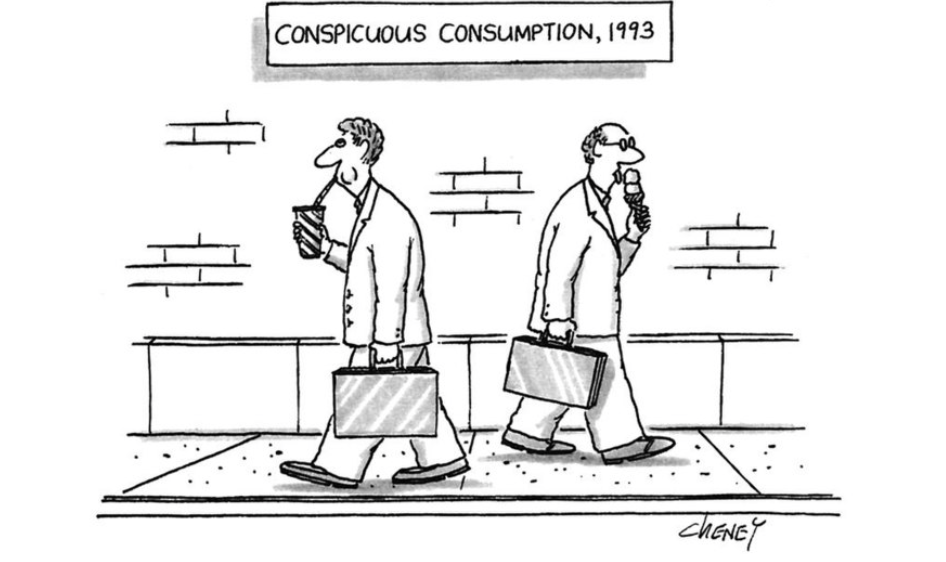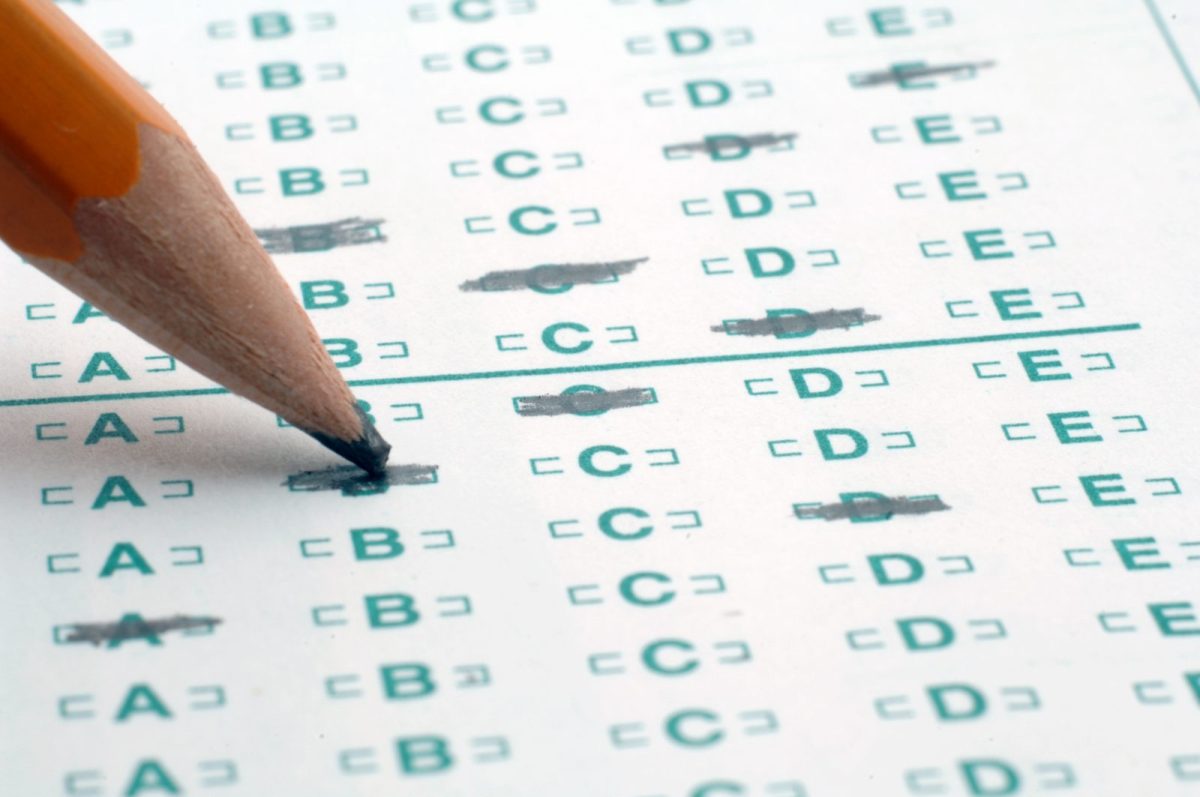
insidehighered.com
Many students at JCHS know what it is like to get up early on a Saturday morning and take the SAT. High school students in the United States have shared this experience for generations. The College Board encourages test-takers to bring a multitude of sharpened pencils and a charged calculator. In 2024, however, taking the SAT will look quite different.
It has been announced that the SAT will be completely digital starting in 2024. So, instead of sharpening a dozen pencils, students will be making sure that their computers are fully charged and ready to go.
Here is how it will work, according to the College Board – students and schools will be downloading an application for taking the test before test day. People may take the SAT on their personal devices, like laptops and iPads, or on electronics managed by the school. Supposedly, students will not lose time for connectivity or battery issues during the test.

One significant change will be that the digital SAT will be substantially shorter than the paper version. Currently, the test is about three hours in length, but the online version will be closer to two hours and fifteen minutes. Although the test will be shorter, the College Board says that there will be more time to answer questions. There will still be two English sections, but Reading and Writing will be combined into one section. There will also be more passages, with fewer questions for each one. Additionally, students will receive their scores much faster.
The Princeton Review explains that the digital SAT will be adaptive (Franek and Floyd). Each section of the test will be easier or harder based on how a student performs in the previous section. This will make the digital SAT shorter than the paper version.

The students at JCHS have a lot of opinions about the new format of the SAT, and most of them are negative. Christina Ceretto, a current senior, worries that switching between the paper and the testing device throughout the math section will be difficult. She also is concerned about annotating the passages in the English section.
Another senior, Hannah Morgan, complains that computers are tough on the eyes, cause brain fog, and make focusing more difficult.
Those at the Princeton Review say that many students experience “test fatigue” during the current three-hour testing period and that the digital version is the solution. The students themselves seem to believe that a computer will cause test fatigue even faster than paper, thus not solving the problem but merely presenting it in a different way.
Maybe the College Board has valued efficiency over the interests and values of the students. Or maybe, students need to give the virtual SAT a chance. Either way, in 2024, the SAT will be digital across the United States.




































